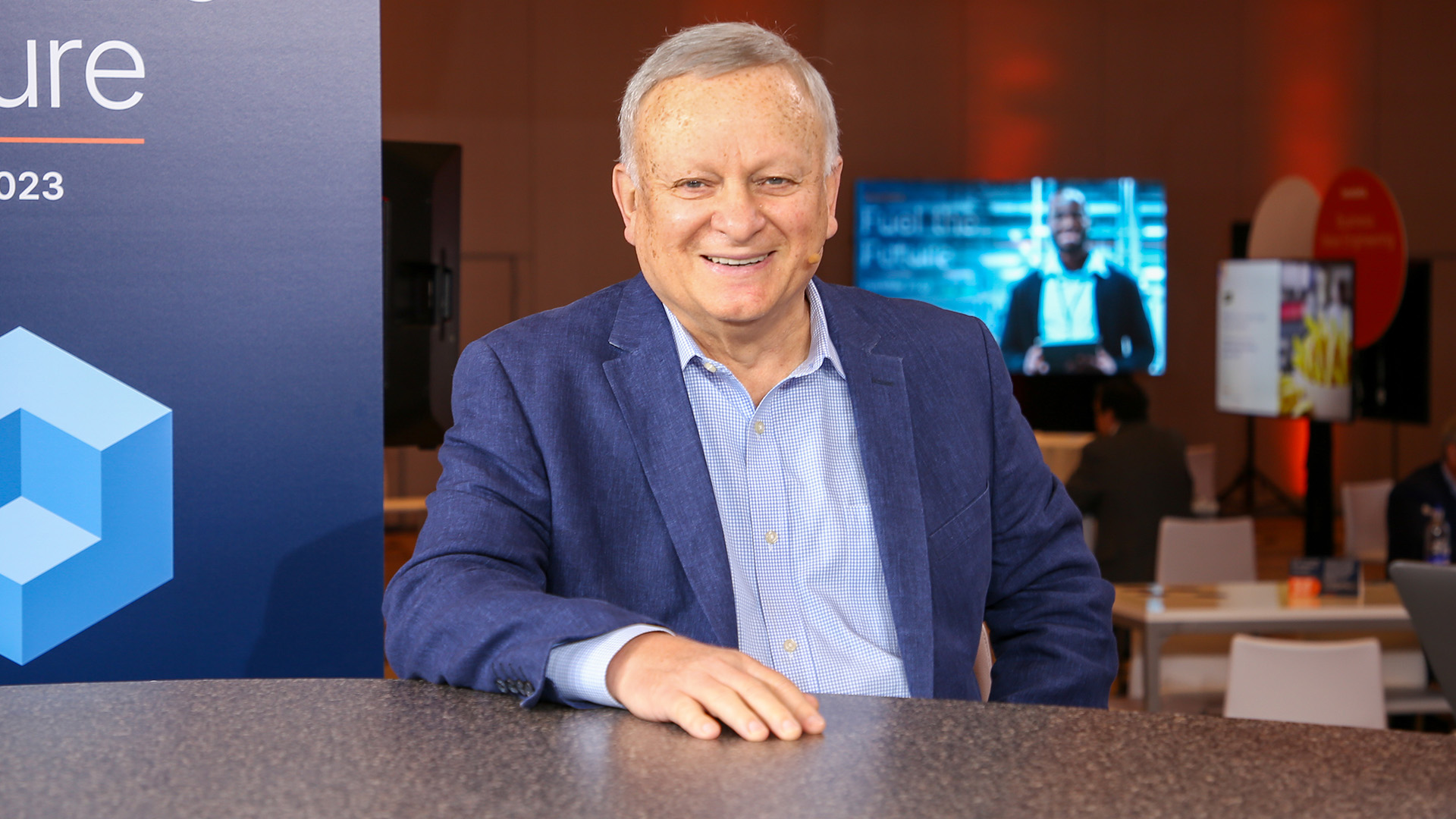 CLOUD
CLOUD
 CLOUD
CLOUD
 CLOUD
CLOUD
Companies often encounter difficulties when it comes to maximizing performance, managing costs and determining the cloud platform for their workload.
It’s essential to understand real-time measurement data to identify any irregularities and determine what might be causing them. This allows businesses to make informed decisions and come up with tailored recommendations that set them apart from others. And for those developing and deploying a new generative AI application in the cloud, there are several critical considerations, according to Boris Zibitsker (pictured), chief executive officer of BEZNext.
These considerations include “how to estimate what kind of resource, what kind of platform we will need, how many resources and the minimum amount of resources that should be allocated to support performance goals — and what will be our cost and many other issues,” Zibitsker said.
Zibitsker spoke with theCUBE industry analysts Rebecca Knight and Rob Strechay at Possible 2023, during an exclusive broadcast on theCUBE, SiliconANGLE Media’s livestreaming studio. They discussed how to determine the minimum configuration and scaling recommendations for different cloud platforms, migration costs and workload management recommendations. (* Disclosure below.)
Understanding the line of business supported by the cloud and its performance goals is crucial for achieving observability in a hybrid multicloud environment. Data is extracted in real time from various platforms, aggregated by line of business and analyzed for various metrics, according to Zibitsker.
“We have to understand history, understand what’s going on, but this is information for anomaly detection,” he said. “It’s important to understand how to discover performance anomalies, resources issue anomalies, cost anomalies, find their root causes and develop unique recommendations.”
BEZNext helps companies determine which applications and data should be moved and uses sophisticated models to assist with economic uncertainty and technological change in a hybrid cloud environment.
“Let’s say for specific platforms, should we scale out or should we scale up? What is the minimum configuration that will be sufficient to support service-level goals? So, finding the minimum configuration and scaling out, scaling up recommendations … is the first step,” Zibitsker explained.”
Once BEZNext has the answer to this question, it then looks at the pricing models for the platform.
“Based on the pricing model, like the consumption model or other models, we try to figure out what is the best pricing model for this particular workload on this particular cloud,” Zibitsker added.
Here’s the complete video interview, part of SiliconANGLE’s and theCUBE’s coverage of Possible 2023:
(* Disclosure: Teradata Corp. sponsored this segment of theCUBE. Neither Teradata nor other sponsors have editorial control over content on theCUBE or SiliconANGLE.)
Support our mission to keep content open and free by engaging with theCUBE community. Join theCUBE’s Alumni Trust Network, where technology leaders connect, share intelligence and create opportunities.
Founded by tech visionaries John Furrier and Dave Vellante, SiliconANGLE Media has built a dynamic ecosystem of industry-leading digital media brands that reach 15+ million elite tech professionals. Our new proprietary theCUBE AI Video Cloud is breaking ground in audience interaction, leveraging theCUBEai.com neural network to help technology companies make data-driven decisions and stay at the forefront of industry conversations.